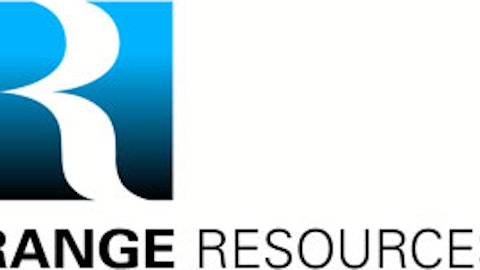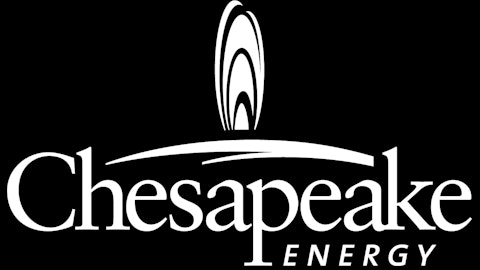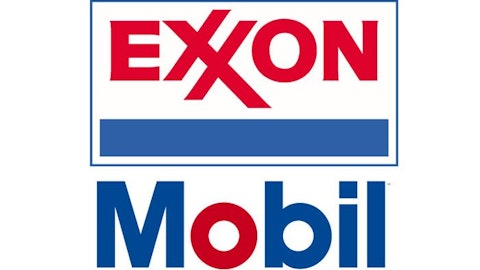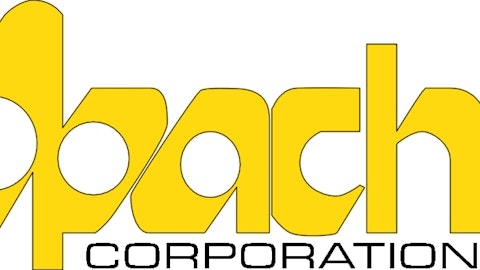
China’s approach is to raise natural gas prices for both commercial and industrial users while sparing residential users from any increase. It represents the first major increase in price to natural gas consumers in the past three years. The country still picks up most of the tab when it comes to its natural gas costs, which is depressing the price domestic producers get for gas.
It’s a similar story in India, which is why the country announced that it was doubling natural gas prices. This time retail consumers are not being spared as the country is hoping that the increased price will help fund investment in exploration, which would reverse declining domestic output. That’s forced the country to import about three-fourths of its energy needs, which isn’t sustainable.
In the U.S. we’ve seen a direct correlation between low natural gas prices and disincentive to producers. A big theme in energy over the past few years has been the transition from dry natural gas drilling to a focus on drilling for higher-priced oil and natural gas liquids. A great example of this is found in the nation’s No. 2 natural gas producer, Chesapeake Energy Corporation (NYSE:CHK) . The following chart details the company’s dramatic shift from low-priced natural gas to higher-margin liquids:
Many others have followed suit including SandRidge Energy Inc. (NYSE:SD) . That company has virtually given up on natural gas and instead is focused on drilling the oily Mississippi Lime. That shift in focus has come at a high cost as the company put $4.3 billion of debt onto its balance sheet. The weight from its debt forced SandRidge Energy Inc. (NYSE:SD) to make some tough decisions, including selling its Permian Basin assets as its liquidity dried up to just $575 million. However, this was a cost that the company was willing to pay in order to deliver profitable growth. Today, the oil from the Mississippian is responsible for 80% of that play’s cash flows.
Low natural gas prices forced other producers to simply shift the strategy from growth at all costs to one that’s focused on returns. Ultra Petroleum Corp. (NYSE:UPL) , for example, has slashed over a billion dollars from its capital budget since 2011. Today, the company is only spending the money that it can internally generate from cash flow, as opposed to using debt to fuel its growth. That former path caused the company to rack up an extra billion dollars in debt since 2009, which has hurt its financial flexibility. Today, Ultra has just $627 million in short-term liquidity as low natural gas prices have forced it to live within its means.
Meanwhile, other producers like EQT Corporation (NYSE:EQT) have decided to all but abandon higher-cost shale plays and only focus on those that can deliver profits. Because of this, the company made the decision to quit drilling the Huron Shale because it simply couldn’t earn a high enough rate of return to keep drilling.
Instead, EQT turned its full attention on the Marcellus, where wells can run between $5.4 million and $8.7 million depending on the lateral length, because the economics were much better. The expected ultimate recovery likely has a lot to do with this — the best the Huron has seen (as of 2011 data) is 2 billion cubic feet equivalent (bcfe) versus the Marcellus’ 9.8 bcfe. Because of this, the company has said it won’t return to the Huron until natural gas prices are high enough to justify such a move.
While natural gas consumers in both India and China aren’t likely to appreciate the price spikes, these moves are in the best long-term interest of both nations. Neither country can really afford to continue to artificially keep prices low, especially when it’s keeping domestic production at bay. As you can see from these four examples, oil and gas companies will only drill when the profits are there. These companies will either move into more profitable fields, like SandRidge Energy Inc. (NYSE:SD) and EQT are doing, or simply cut investments like Ultra has done. That’s why over the long term these moves in both China and India to raise natural gas prices should pay off because it will encourage domestic natural gas producers to invest in an effort to increase production.
The article Natural Gas Just Got More Expensive in These Countries originally appeared on Fool.com and is written by Matt DiLallo.
Fool contributor Matt DiLallo owns shares of SandRidge Energy Inc. (NYSE:SD) and has the following options: short September 01 2013 $5 puts on SandRidge Energy Inc. (NYSE:SD). The Motley Fool recommends Ultra Petroleum Corp. (NYSE:UPL). The Motley Fool owns shares of Ultra Petroleum and has the following options: long January 01 2014 $20 calls on Chesapeake Energy Corporation (NYSE:CHK), long January 01 2014 $30 calls on Chesapeake Energy, short January 01 2014 $15 puts on Chesapeake Energy Corporation (NYSE:CHK), long January 01 2014 $30 calls on Ultra Petroleum Corp. (NYSE:UPL), long January 01 2014 $40 calls on Ultra Petroleum, and long January 01 2014 $50 calls on Ultra Petroleum Corp. (NYSE:UPL).
Copyright © 1995 – 2013 The Motley Fool, LLC. All rights reserved. The Motley Fool has a disclosure policy.






